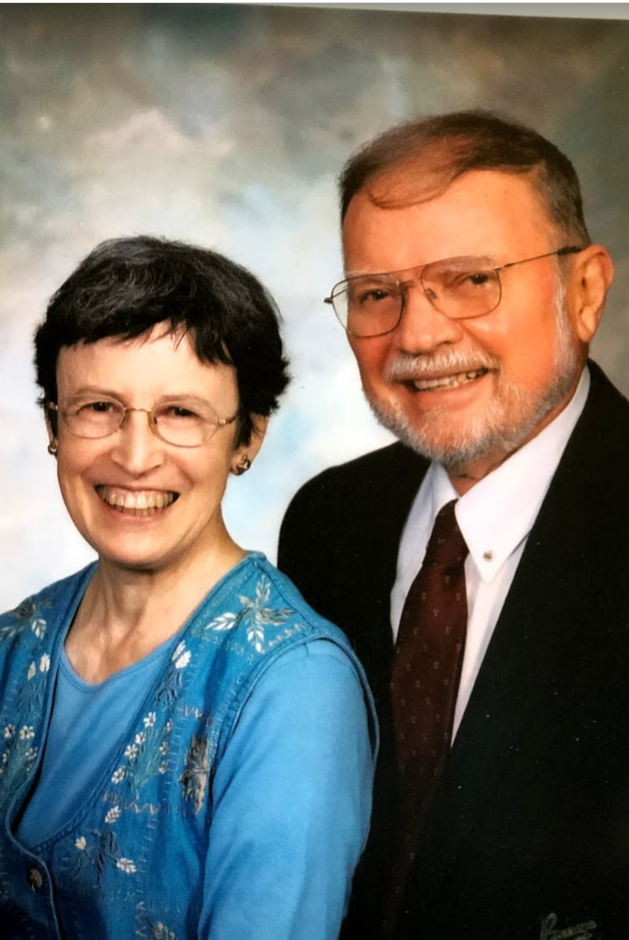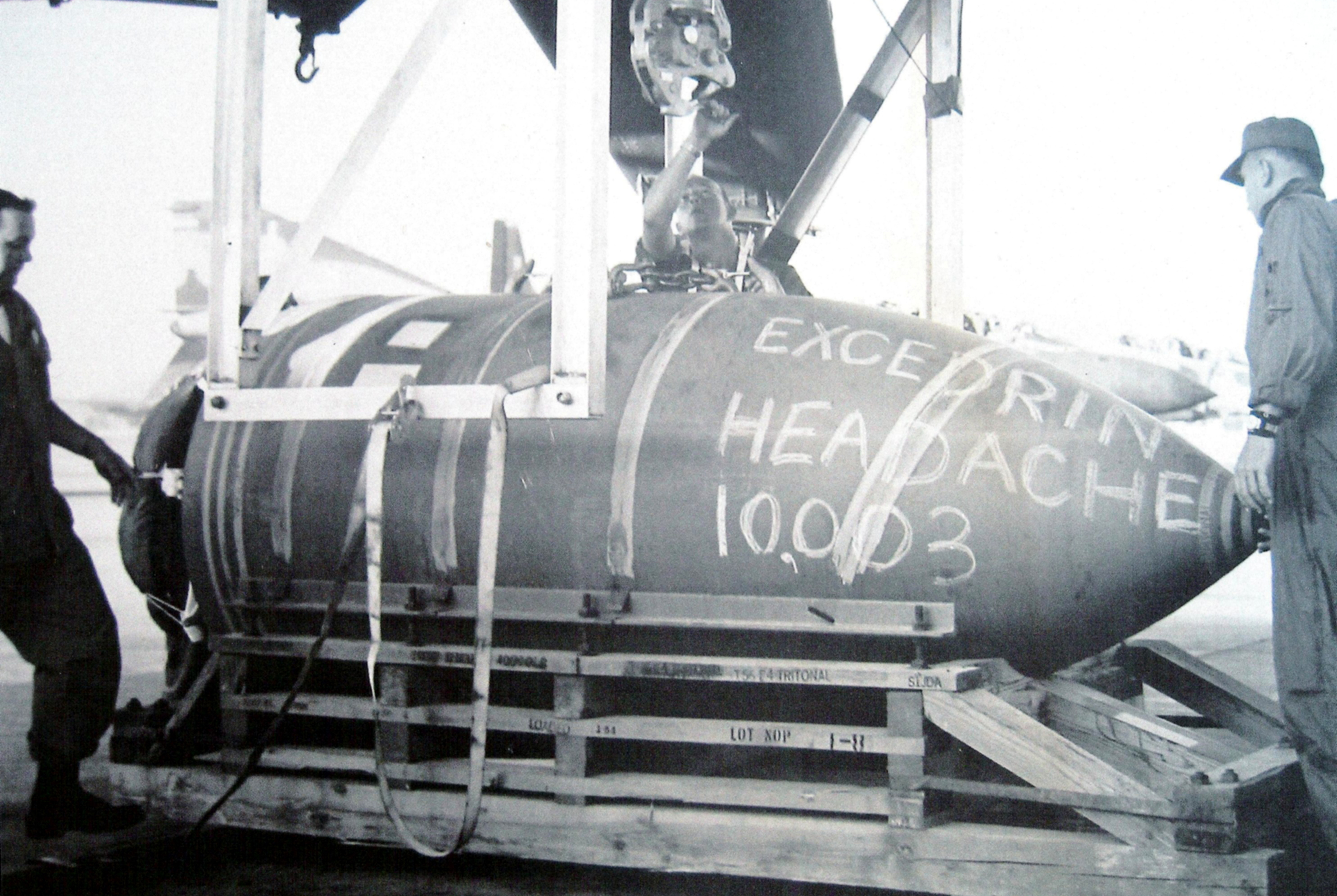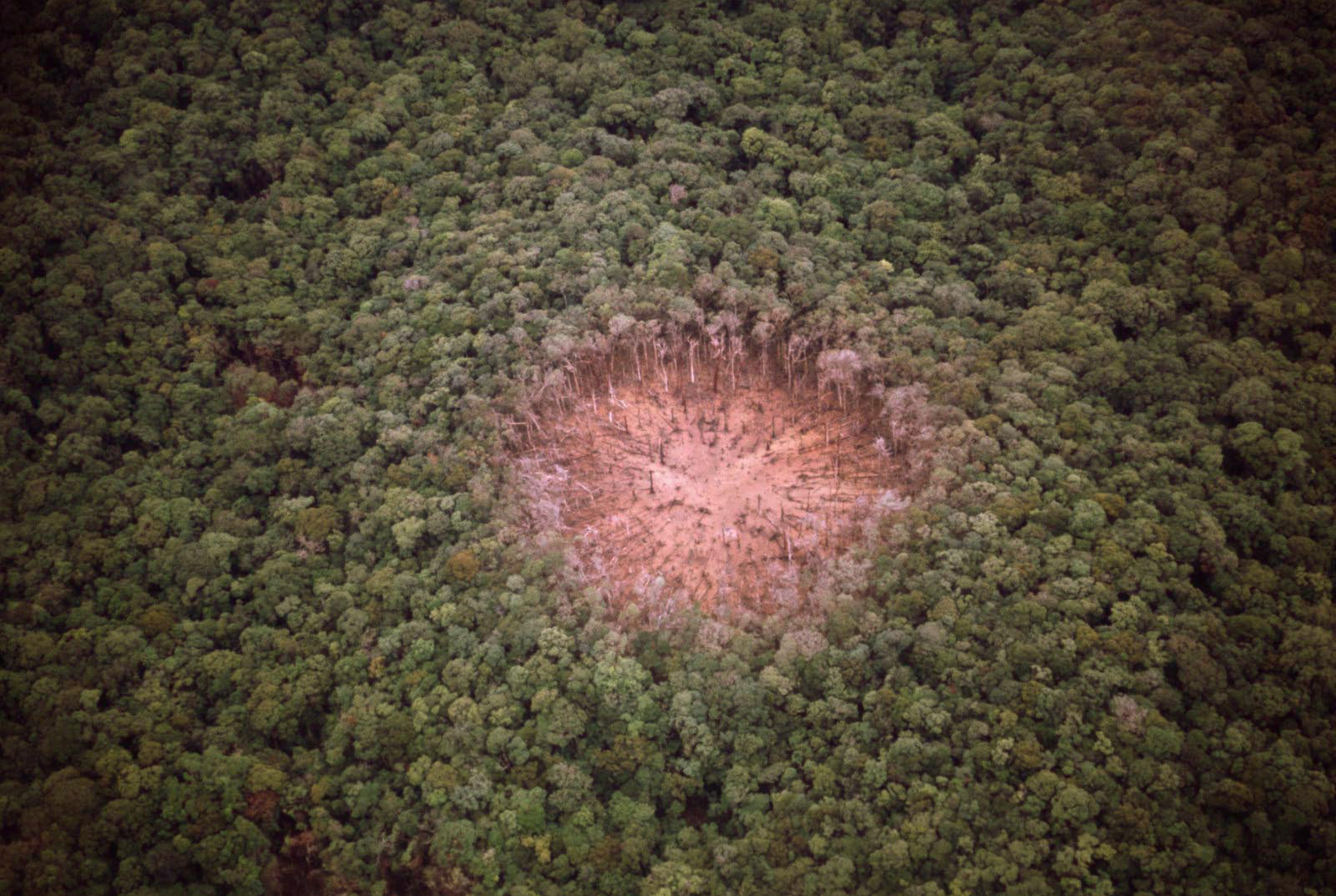 Nancy and Bob Dunham '63 have given two gifts to support Texas A&M's College of Science.
Nancy and Bob Dunham '63 have given two gifts to support Texas A&M's College of Science.
A pilot, an innovator and an Aggie. These are three titles that Bob Dunham ’63 holds proudly.
Dunham knew early on that he wanted to be a pilot. However, as a young boy who was heavily influenced by his upbringing during the Great Depression, his childhood ambition seemed like a distant dream. College was too expensive for his family, so upon graduating from high school, he entered the workforce at a packing plant in Topeka, Kansas. Not long after, the Korean War began, and Dunham learned about an opportunity that gave him a way to pursue his dream of flying and get paid while doing it.
“The Air Force offered to pay us $27 per month for two years to take ROTC classes,” he said. “As a kid who always wanted to be a pilot, it did not seem like too bad a deal!”
The Air Force opened a world of opportunities for Dunham, including the chance to attend the University of Colorado and later, at Dunham’s request, Texas A&M University in pursuit of an undergraduate degree in physics.
“The Air Force sent me to Texas A&M and told me I had 24 months to complete my degree,” he said. “When I arrived in 1961, I met with Dr. James Potter, the physics department head, and he encouraged me to ask for a few additional months so I could get a master’s degree instead.”
For the next two years, Dr. Potter’s encouragement and mentorship had a profound impact on Dunham’s life. “Without Dr. Potter and Texas A&M, the trajectory of my life would have been very different,” he added.
In recognition of the impact Texas A&M had on his life, Dunham and his wife, Nancy, established the Nancy and Robert L. Dunham ’63 Endowed Scholarship for Science Leadership Scholars. This endowed scholarship, created by the Dunhams with a gift of cash, will give preference to students pursuing physics degrees.
 Dunham worked on many operations during his 21-year career with the U.S. Air Force. Significantly, he and a team developed the "Daisy Cutter" bomb, a 15,000-pound bomb designed to flatten a section of forest to create a landing zone for helicopters.
Dunham worked on many operations during his 21-year career with the U.S. Air Force. Significantly, he and a team developed the "Daisy Cutter" bomb, a 15,000-pound bomb designed to flatten a section of forest to create a landing zone for helicopters.
Into the Wild Blue Yonder
Upon graduating from Texas A&M, Dunham was sent on assignment by the Air Force to the Weapons Lab in Albuquerque, New Mexico, where he served as the chief of material and structural dynamics. Following his post in Albuquerque, Dunham’s duties sent him to every country in South and Central America supporting embassies and Air Force missions.
“I was sent to the Southern Command operating out of the Panama Canal Zone,” Dunham recalled. “I was flying C118’s and C54’s as an aircraft commander and instructor. What a time that was!”
This was followed by his return to the weapons lab, where he served as chief of laser applications. As head of a 21-member crew, he and his team developed a classified detection system that was installed on the first AC-130 gunship, a heavily armed fixed-wing aircraft. As a result of this accomplishment and the combat missions he flew in the Vietnam War, Dunham was awarded the Distinguished Flying Cross and three Air Medals.
His achievements didn’t stop there. After returning once again from his station overseas, Dunham and a team were tasked with developing a bomb that could create an instant helicopter landing zone in a jungle environment. Starting with a 10,000-pound bomb, the team experimented with the design and different modifications. After many dummy bomb tests and one live drop in October 1968, they created a 15,000-pound bomb using a propane tank—the largest used in military operations at the time—designed to flatten a section of forest. This special purpose bomb was introduced in May 1969, during the Vietnam War.
“We put a copious amount of work into developing and rigging that bomb, and it got tedious referring to it as a jumble of letters, so somewhere along the way, someone nicknamed it the ‘Daisy Cutter,’” Dunham explained.
Their efforts evolved into what is known today as a MOAB, a precision guided 22,000-pound bomb. Commonly referred to as the ‘Mother of All Bombs,’ the MOAB is the largest non-nuclear weapon today. The completion of the project released Dunham from the lab and allowed him to finish his career with assignments in Greenland and Australia before retiring from active duty. After retiring from the Air Force, Dunham moved to Colorado, where he worked as a Certified Financial Planner and then as a satellite system engineer before settling down in San Angelo, Texas.
 The above picture shows a section of cleared forest following the dropping of a "Daisy Cutter" bomb.
The above picture shows a section of cleared forest following the dropping of a "Daisy Cutter" bomb.
Honoring a Mentor
Since his retirement from the Air Force, Dunham and his wife have turned their attention to philanthropy.
Dunham’s short time at Texas A&M helped him develop lifelong ties to the university and with the creation of the scholarship endowment for future Science Leadership Scholars, he is now even more invested in the university’s future. The Science Leadership Scholars is a program designed to support first-generation and low-income science majors financially and academically. The program provides students with academic mentoring in addition to giving them a community they can rely on for support. Students in the program are twice as likely to graduate in four years with a STEM degree when compared to students from similar backgrounds who do not participate.
In addition, the Dunhams have also given a gift of real estate in Dr. Potter’s honor. The Nancy and Robert L. Dunham ’63 Endowed James G. Potter Physics Festival Fund will name the kick-off lecture for the annual Physics & Engineering Festival after Dr. Potter. “Supporting students, especially those studying physics, resonates with me because without the financial support I received from the Air Force, college would not have been a possibility for me,” he shared. “I hope that this scholarship helps continue to create extraordinary leaders out of Aggies.”
To learn how you can support the Science Leadership Scholars Program, contact Randy Lunsford using the form below. You can also give gifts of $25 or more online to the program at give.am/SLS.